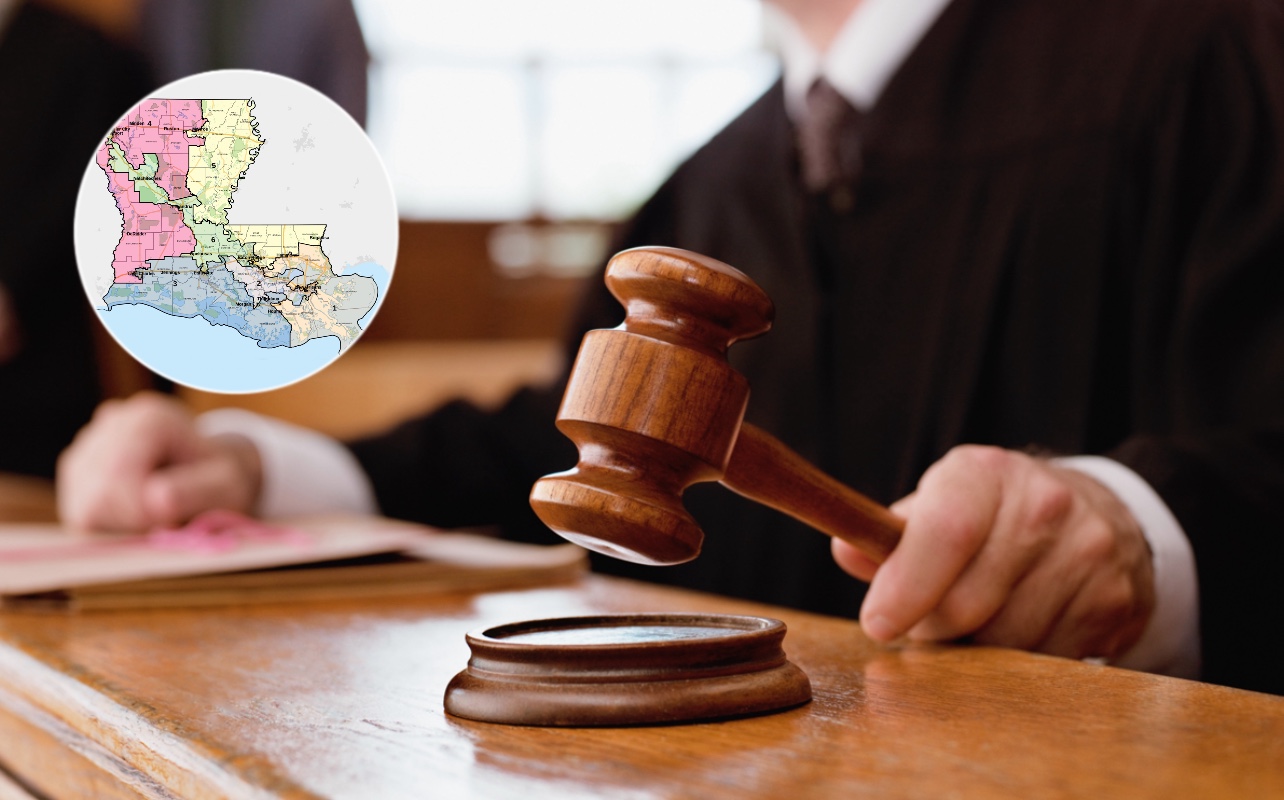
May 2, 2024
Judges Trash Louisiana Congressional Map With Second-Majority Black District
Here we go again...
A panel of federal judges rejected a freshly drawn congressional map, creating a second majority-Black district in Louisiana.
In a 2-1 ruling on April 30, judges ruled the new maps constituted an “impermissible racial gerrymander” violating the U.S. Constitution’s equal protection clause. The updated congressional maps would have kept the 2nd Congressional District as a majority-Black district and labeled the 6th Congressional District, under Rep. Garret Graves (R-La.) leadership, as the second. “The Voting Rights Act protects minority voters against dilution resulting from redistricting maps that ‘crack’ or ‘pack’ a large and ‘geographically compact’ minority population,” the ruling stated.
“On the other hand, the Equal Protection Clauses applies strict scrutiny to redistricting that is grounded predominantly on race.”
The majority ruling was handed down by former President Donald Trump-appointed judges David C. Joseph and Robert R. Summerhays. Judge Carl E. Stewart, who former President Bill Clinton appointed, wrote a dissenting opinion, according to NOLA. “The unusual shape of the district reflects an effort to incorporate as much of the dispersed Black population as was necessary to create a majority-Black district,” Summerhays and Joseph wrote in their ruling.
“In the present case, the record reflects that the State could have achieved its political goals in ways other than by carving up and sorting by race the citizens of Baton Rouge, Lafayette, Alexandria, and Shreveport.”
Stewart saw things differently, writing, “The totality of the record demonstrates that the Louisiana Legislature weighed various political concerns—including protecting particular incumbents—alongside race, with no factor predominating over the other.”
The ruling comes after 12 “non-African American” Louisiana residents filed a lawsuit alleging the new district divided key communities of interest and amounted to a “racial gerrymander.”
In January 2024, the Louisiana State Legislature approved the maps, followed by Republican Gov. Jeff Landry signing them into law days later. The newly drawn map comes after an almost two-year battle over the state’s congressional lines. Former Democratic Gov. John Bel Edwards vetoed a set of maps in 2022 passed by the state Legislature, following an argument that it violated the Voting Rights Act by creating only one majority-Black district in a state with a one-third population of Black residents.
The state Legislature eventually overrode Bel Edwards’s veto.
Black State Rep. Kyle Green (D-Marrero) said he is concerned about what happens next to the state’s congressional map. He pressed the issue of it being too late for legislators to file bills for another map to be drawn during the regular session ending on June 3. “The court’s ruling creates the question of what map does the state use for congressional elections and will the Legislature get the opportunity to develop a remedial plan?” Green said.
However, Louisiana’s Attorney General Liz Murrill knows exactly what the next steps will be: the U.S. Supreme Court. “We will, of course, be seeking Supreme Court review. I’ve said all along the Supreme Court needs to clear this up,” she wrote on X, formerly known as Twitter.
“The jurisprudence and litigation involving redistricting has made it impossible to not have federal judges drawing maps. It’s not right and they need to fix it.”
The National Democratic Redistricting Committee blasted the ruling. It said supporters of the new map would likely apply for an emergency order from the Supreme Court to keep the map during the appeals process.